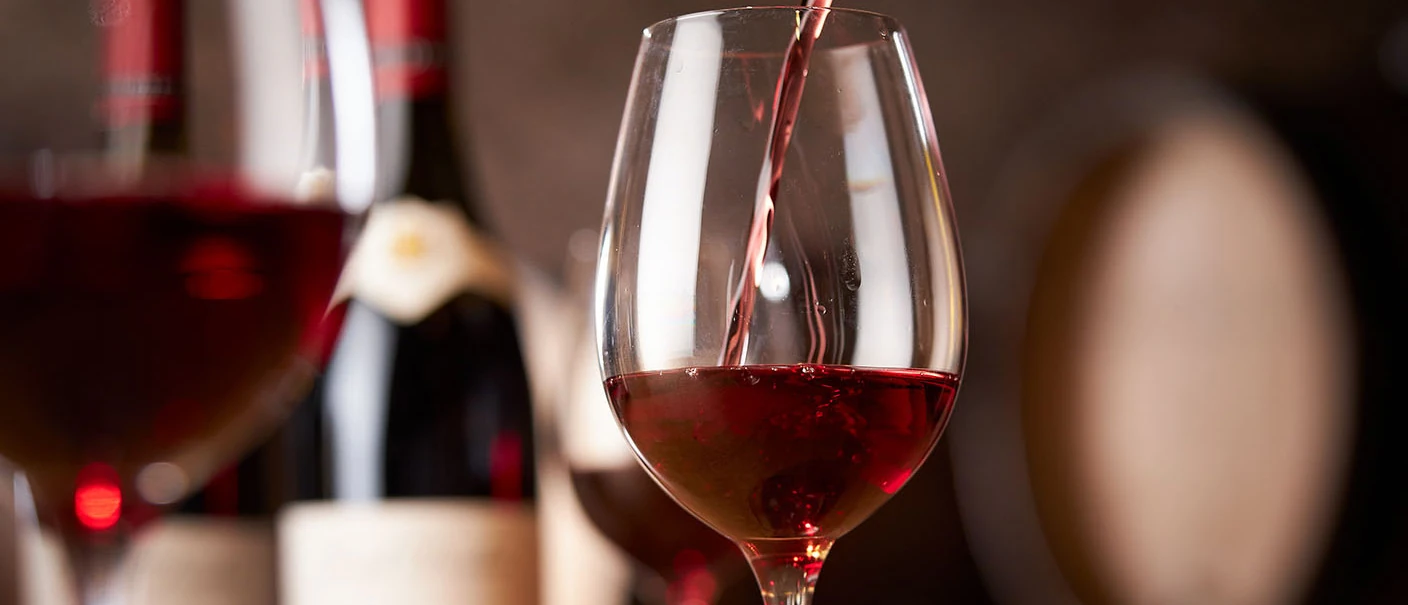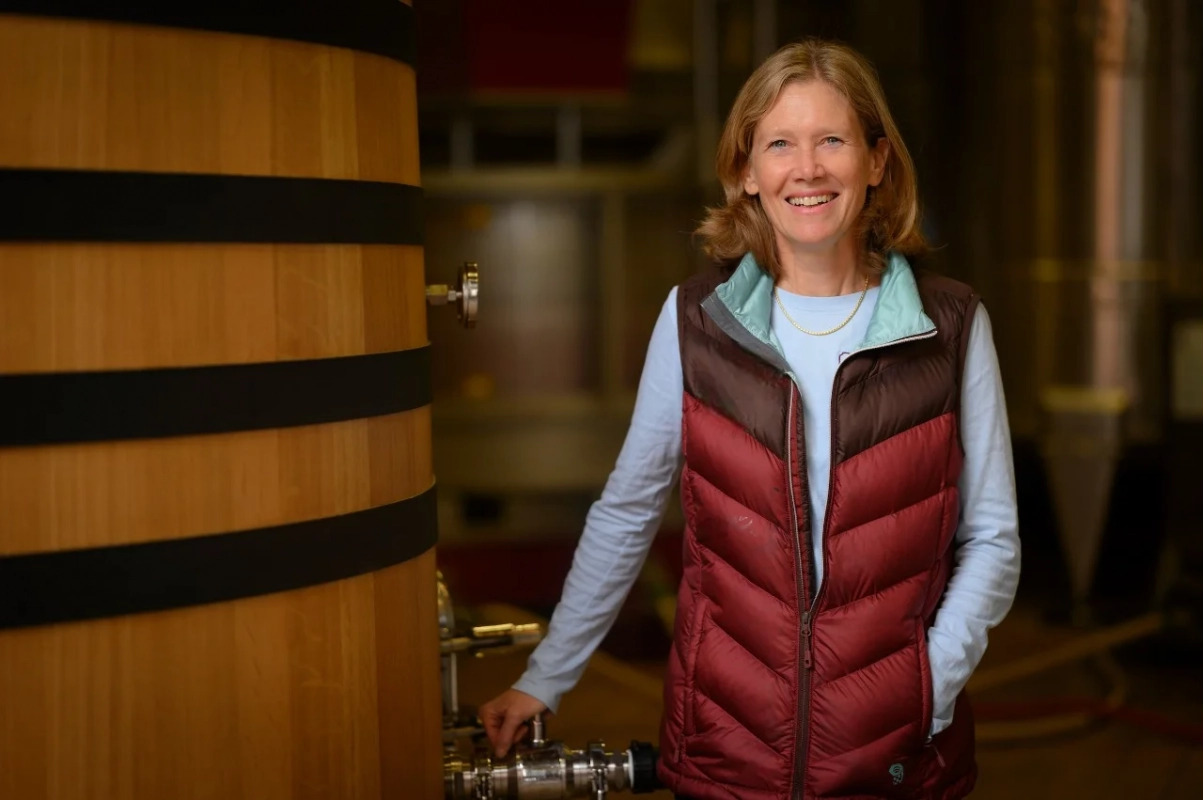Are you sure you want to perform this action?

Gevrey-Chambertin
Service
-
Cellaring
Optimal consumption: 8 to 13 years
Ageing potential: 15 years
-
Tasting temperature
16°C (61-62°F)
Grape variety
Pinot Noir
Vineyard
Producing communes: Gevrey-Chambertin and Brochon.
Site: located in the north of the Côte de Nuits, Gevrey-Chambertin is world-famous, not only for its superlative Grand Crus, but also for all its other vineyards.
History & tradition: Gevrey is of course the village where the Grand Cru Chambertin vineyard is located. Vines have been cultivated here since 630AD, when a certain Bertin decided to emulate the monks, his neighbours. The wine he made turned out to be spectacular - and the rest is history!
Soil: lean and chalky, with a red-brown cover layer of clayey marl.

Tasting
by Véronique Boss-Drouhin
Gevrey-Chambertin is a wine with a beautiful, bright ruby colour. Intensely fruity on the nose, the aromas are reminiscent of black cherry, wild blackberry and liquorice. The woody character is subtle and marries delicately with the other aromas. As the wine evolves, there are more complex notes, such as mild spice, nutmeg and leather. Later still, mushroom and damp earth nuances make their appearance. Although present on the palate, tannin is never astringent but blends itself harmoniously with the natural freshness and « gras » (velvety texture) of the wine. The same aromas encountered earlier on the nose are found again in the aftertaste.
Vintage
2023 stands out as one of the hotest years in Burgundy, surpassing even 2022.
This vintage is marked by its generosity, both in quantity and quality, with consistent yields across all regions in Burgundy.
The wines offer flavours of ripe red and black berries.
The climate's generosity is evident in these Pinots Noirs.
They show excellent ripeness with smooth, long, and complex palates.
2023 is a vintage of high quality.
Winemaking
Supply: this wine comes from grapes and musts purchased from supply partners according to rigorous specifications.
Harvest: grapes harvested by hands in open-work crates. If necessary, a careful sorting is proceeded.
Vinification: total destemming. In accordance with the terroir and the profile of the vintage, we do 2 to 3 weeks of fermentation and maceration in small open vats, marked by punching of the cap and pumping-over. The yeasts are indigenous (natural). Pressing in a vertical press. Separation of the ends of the presses based on tasting.
Ageing: in oak barrels including 20 to 25% of new barrels.
The ageing lasts between 14 to 16 months.
Origin of the wood: oak grown in French high forest.
Throughout the ageing process, decisions are taken only after careful tasting evaluation. The data obtained is completed through technical analysis. As with every other Joseph Drouhin wine, absolute priority is given to the true expression of terroir and character of the vintage.


